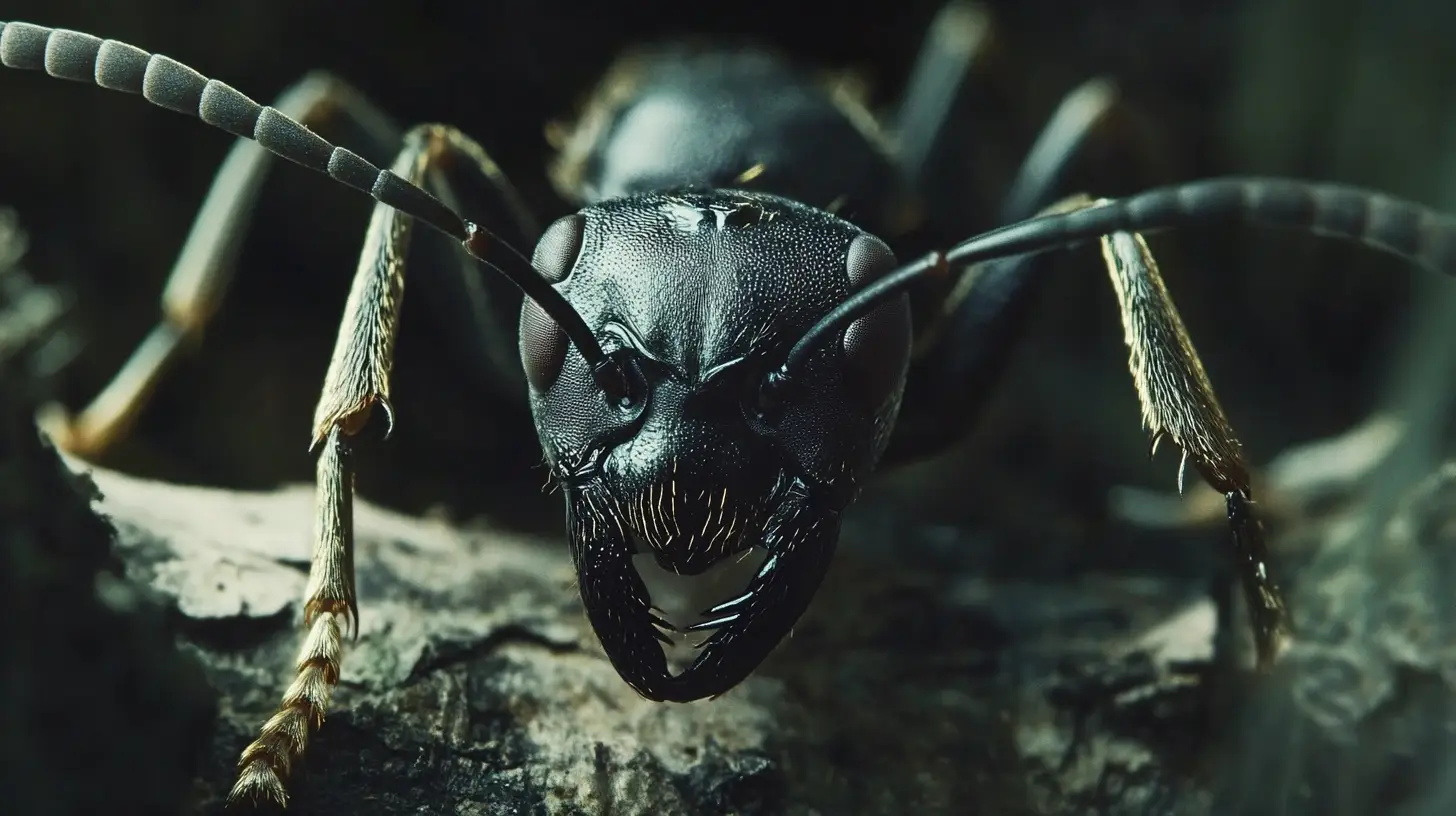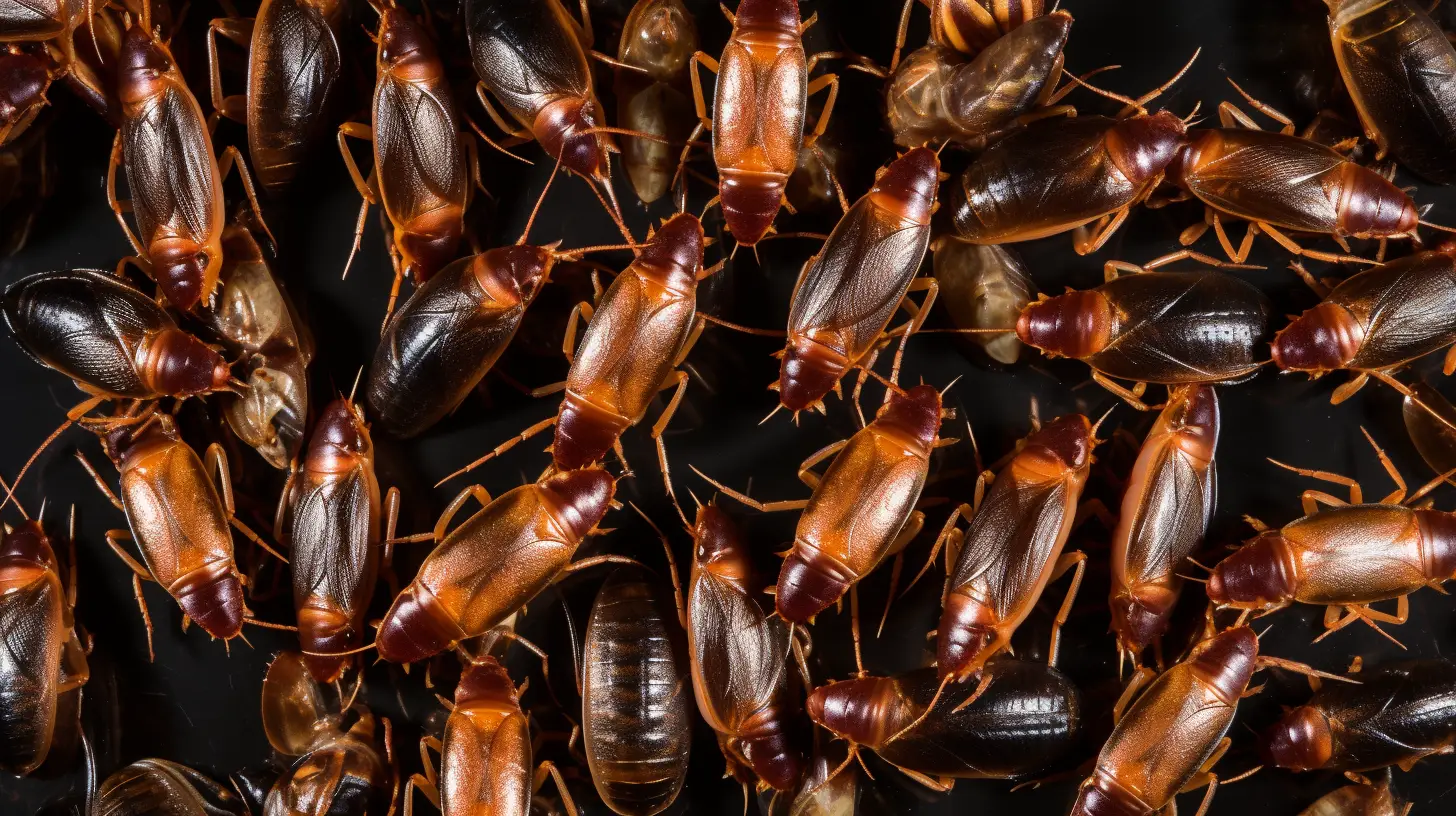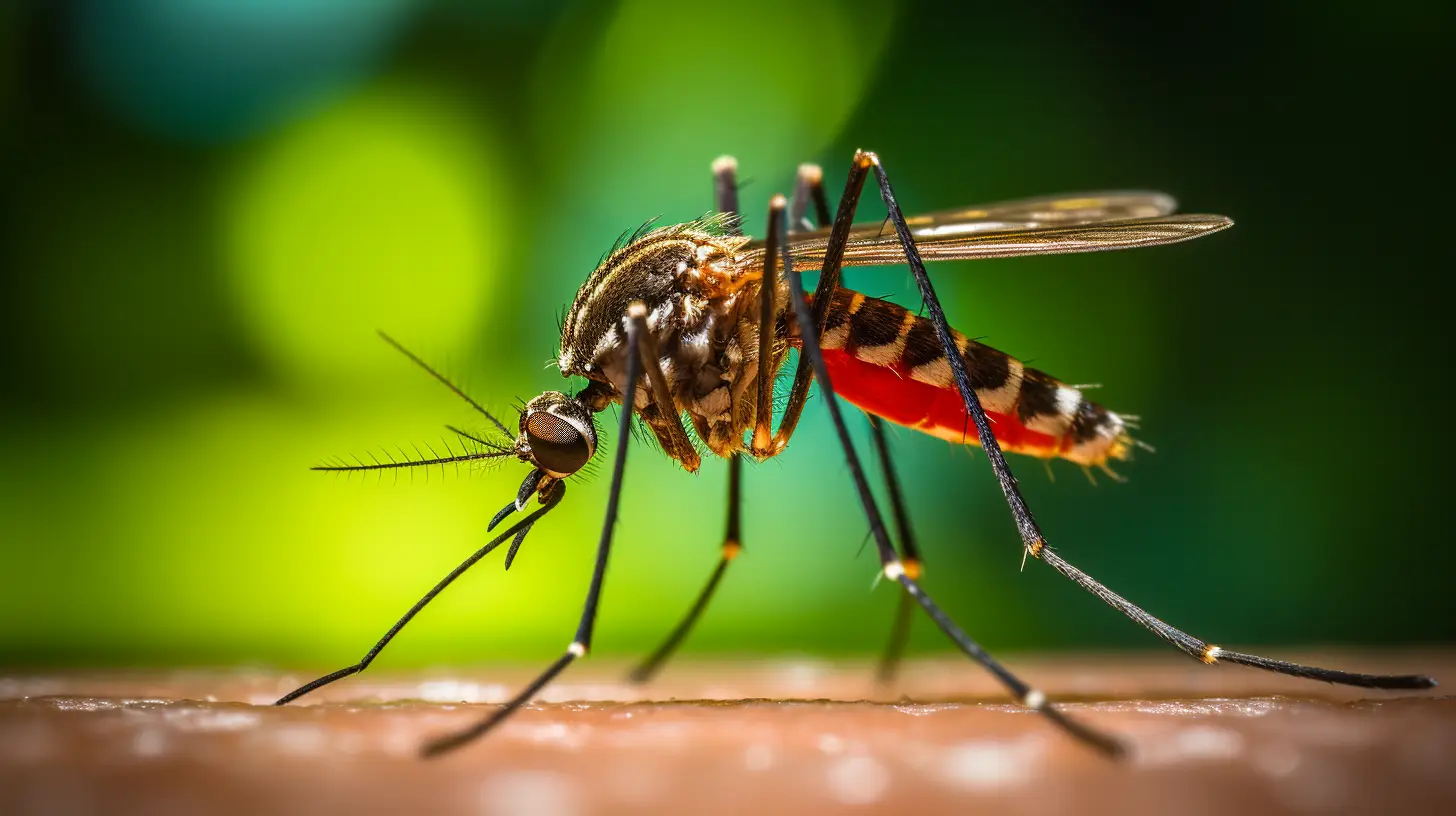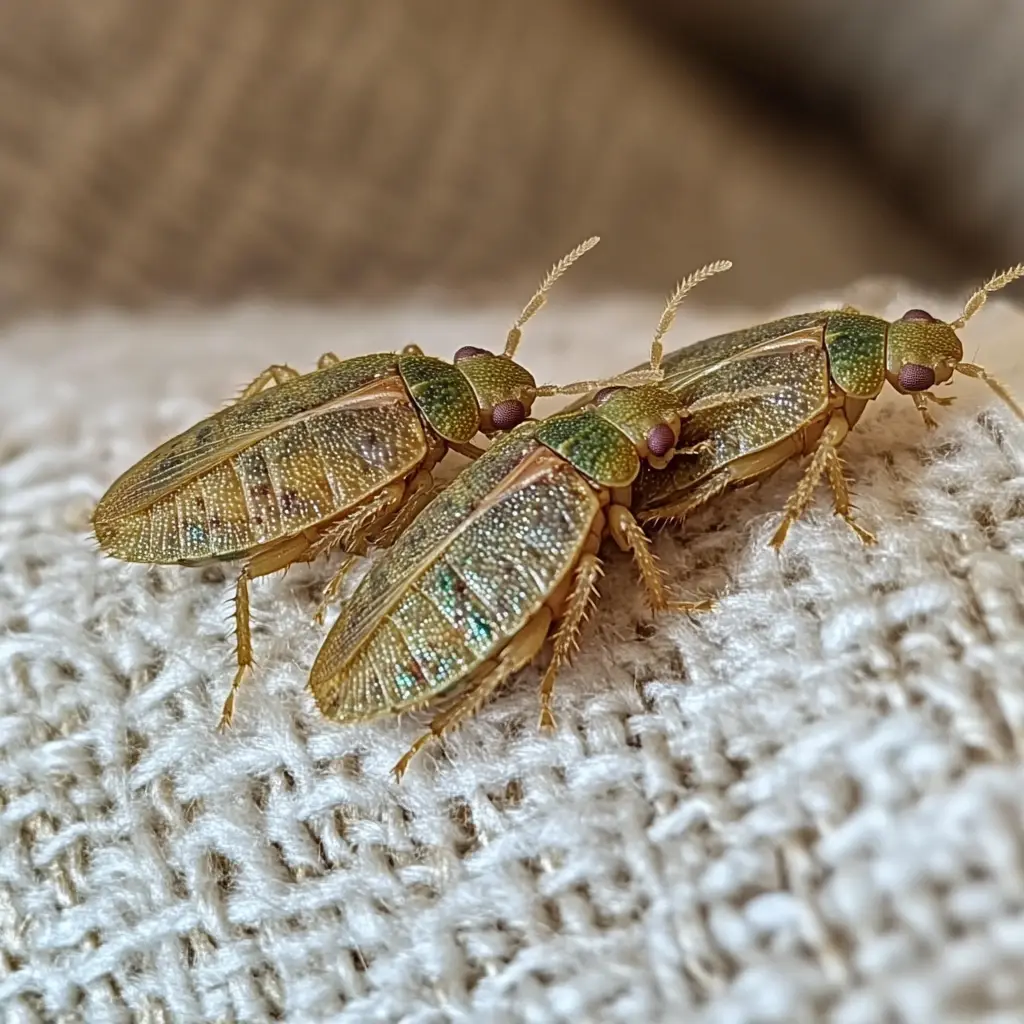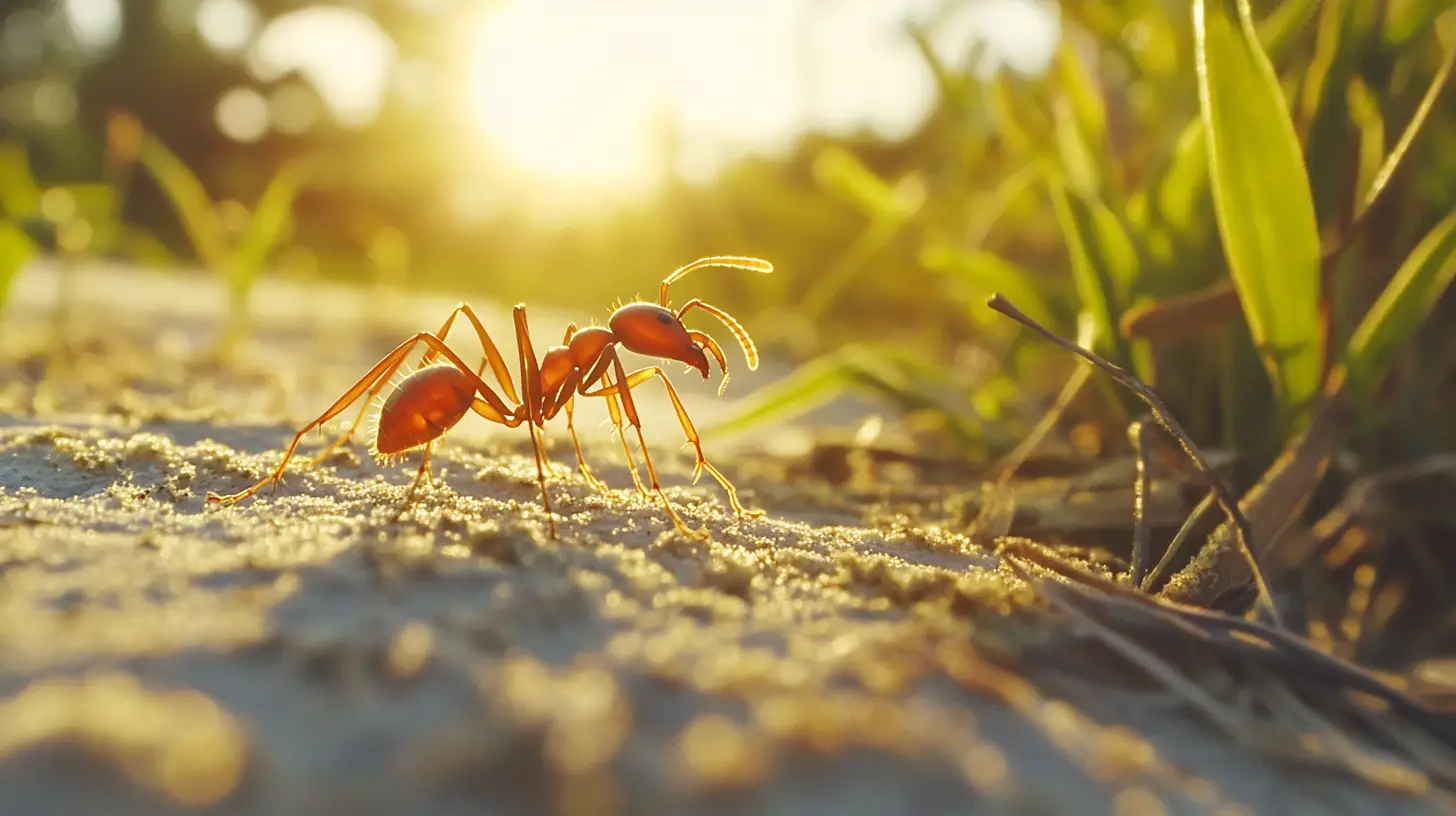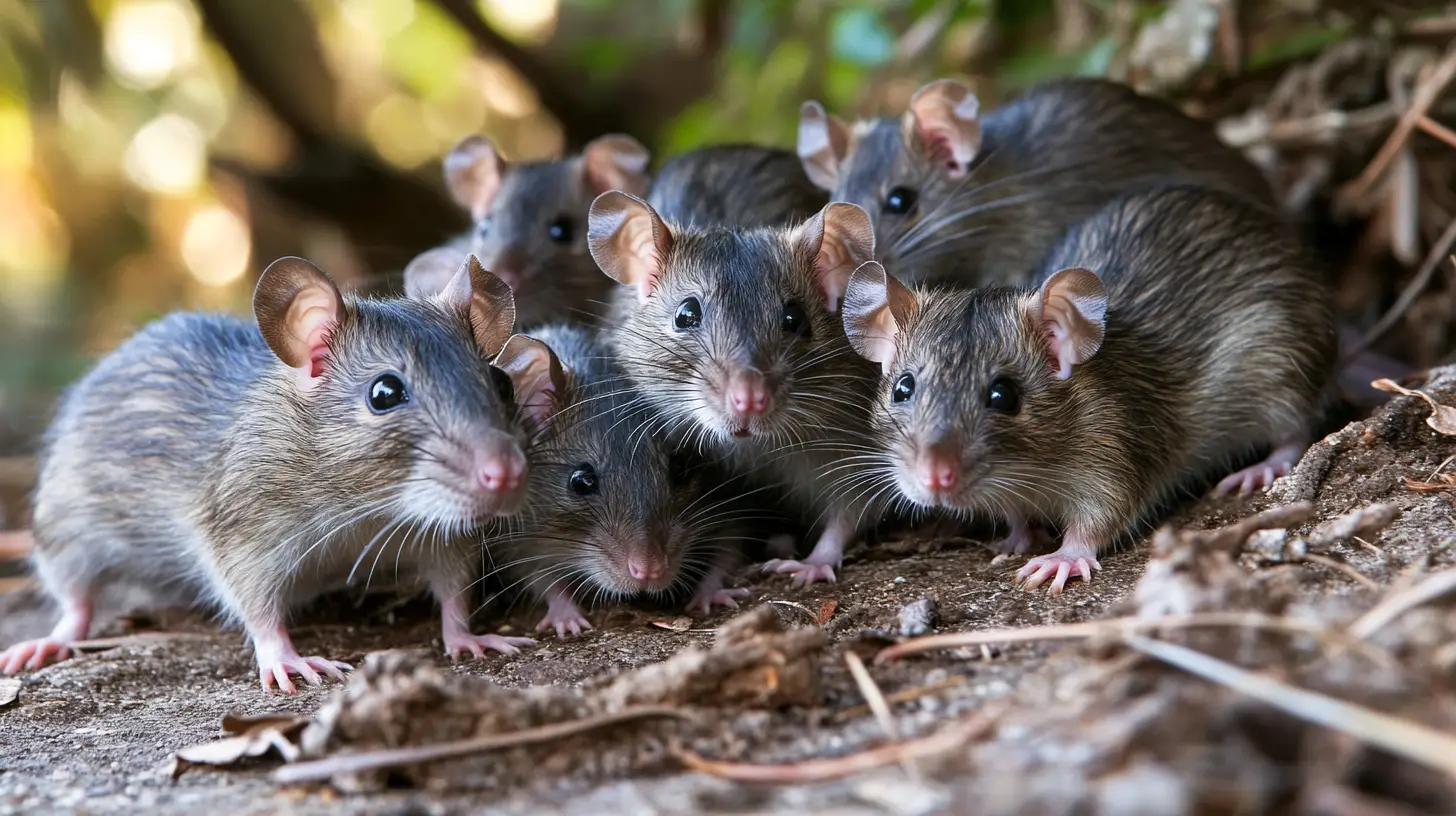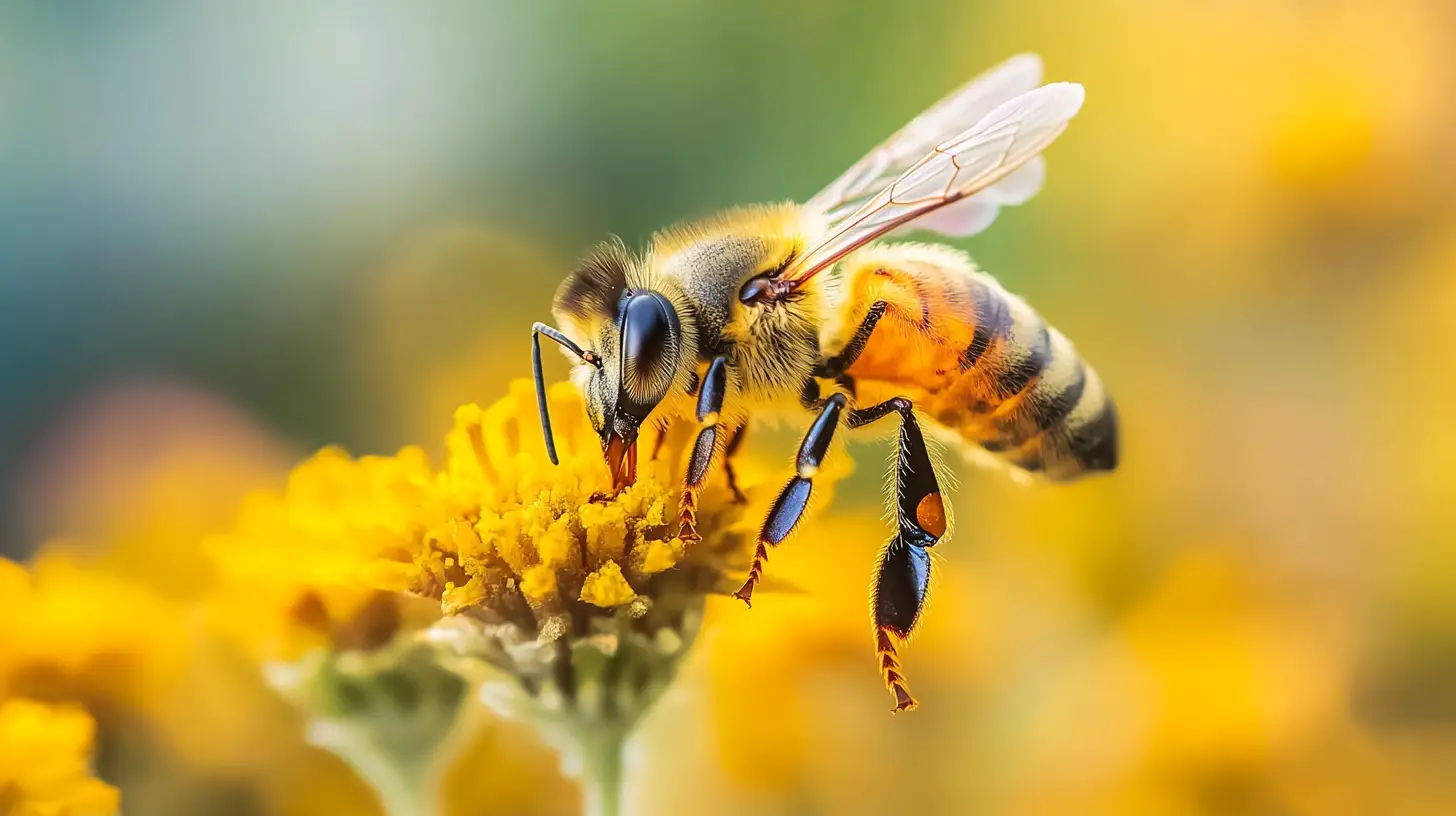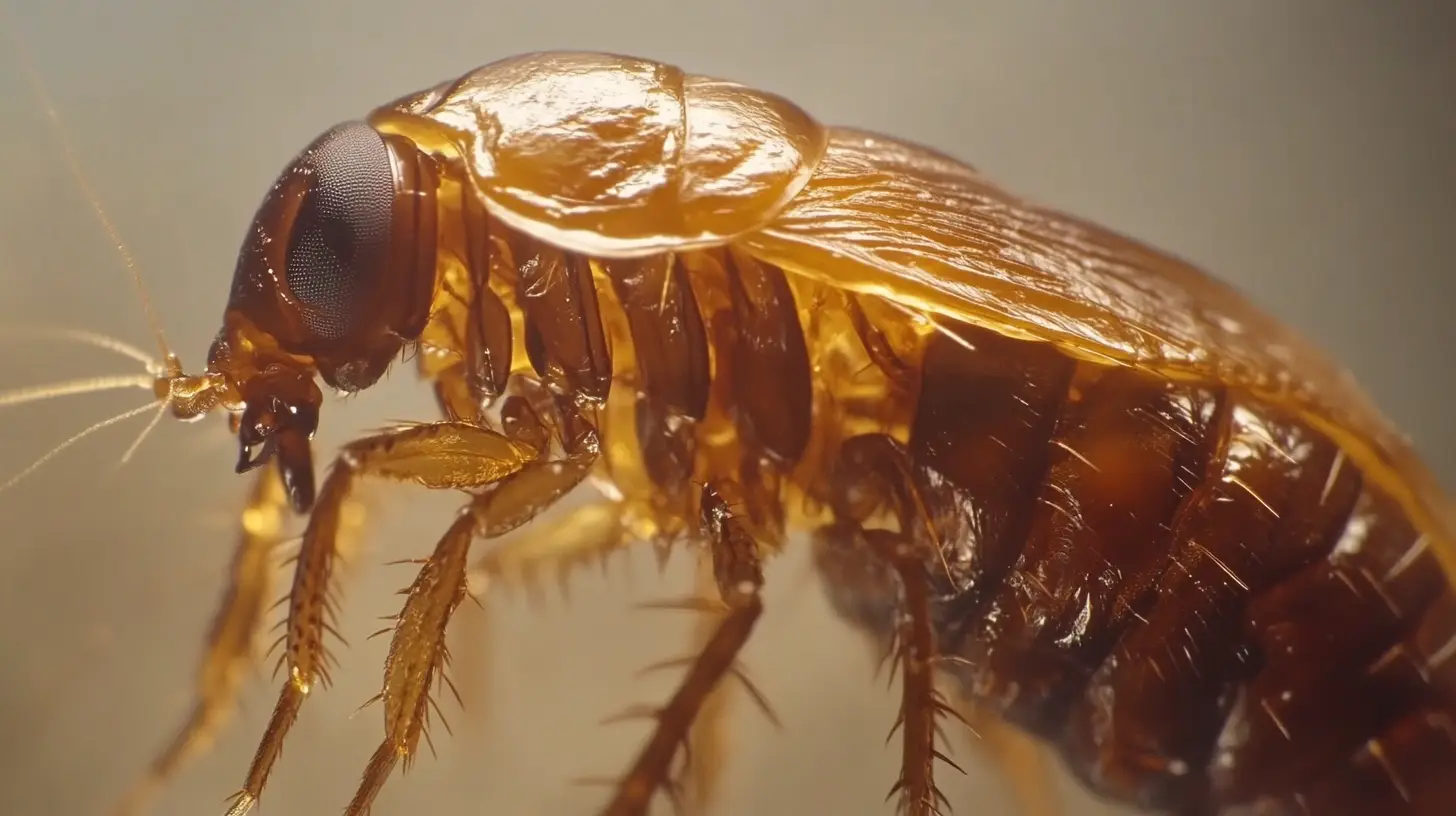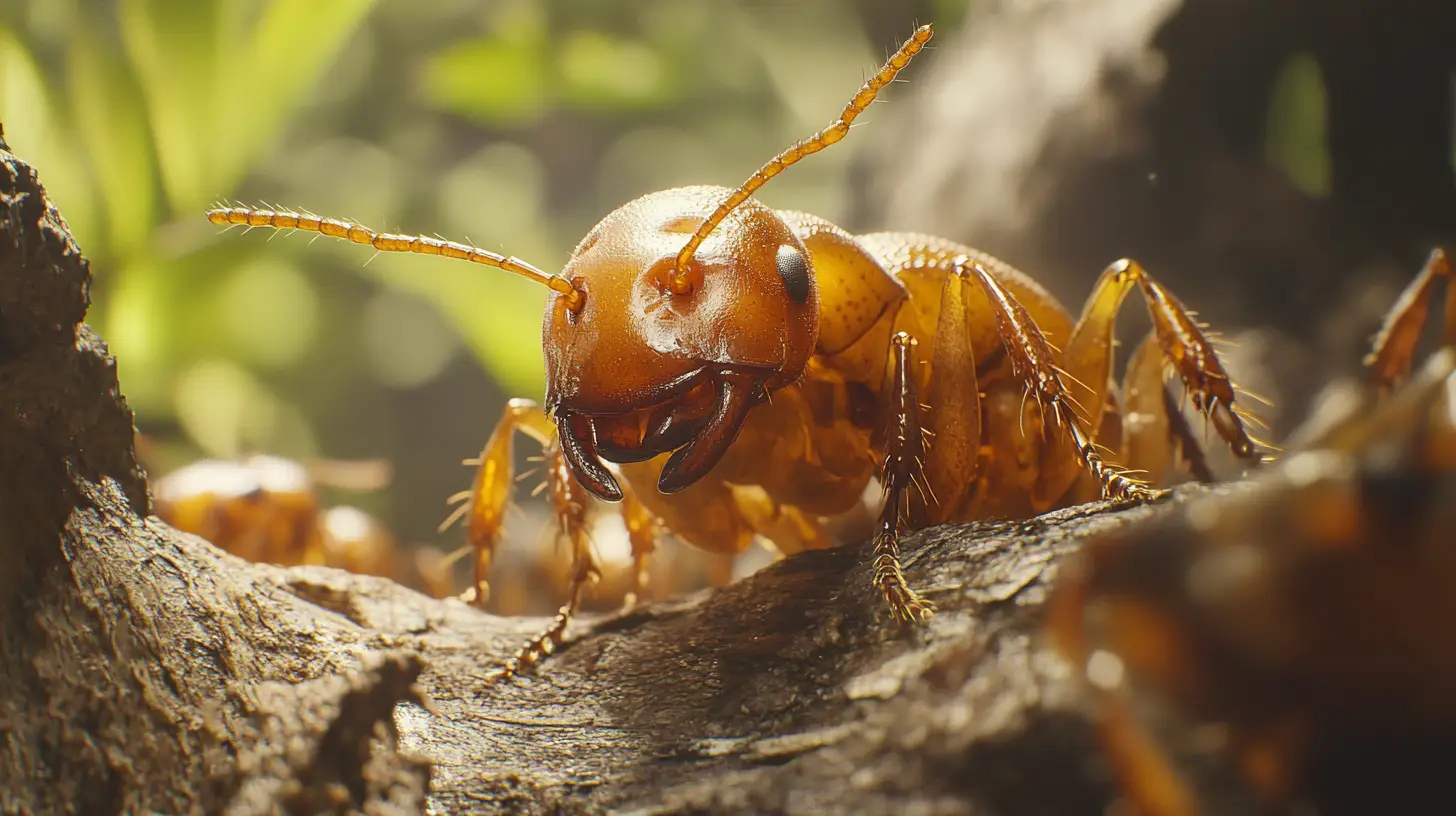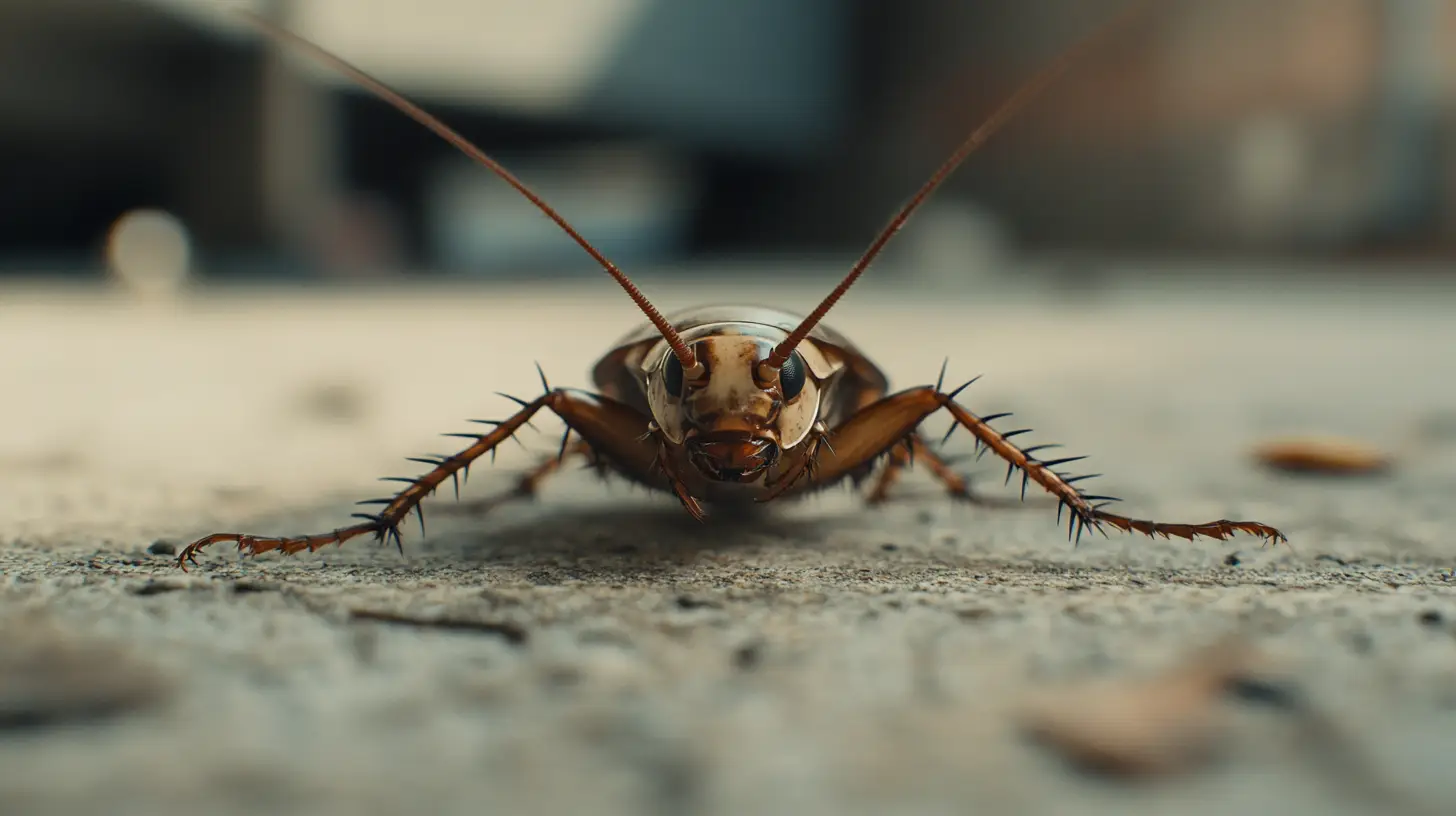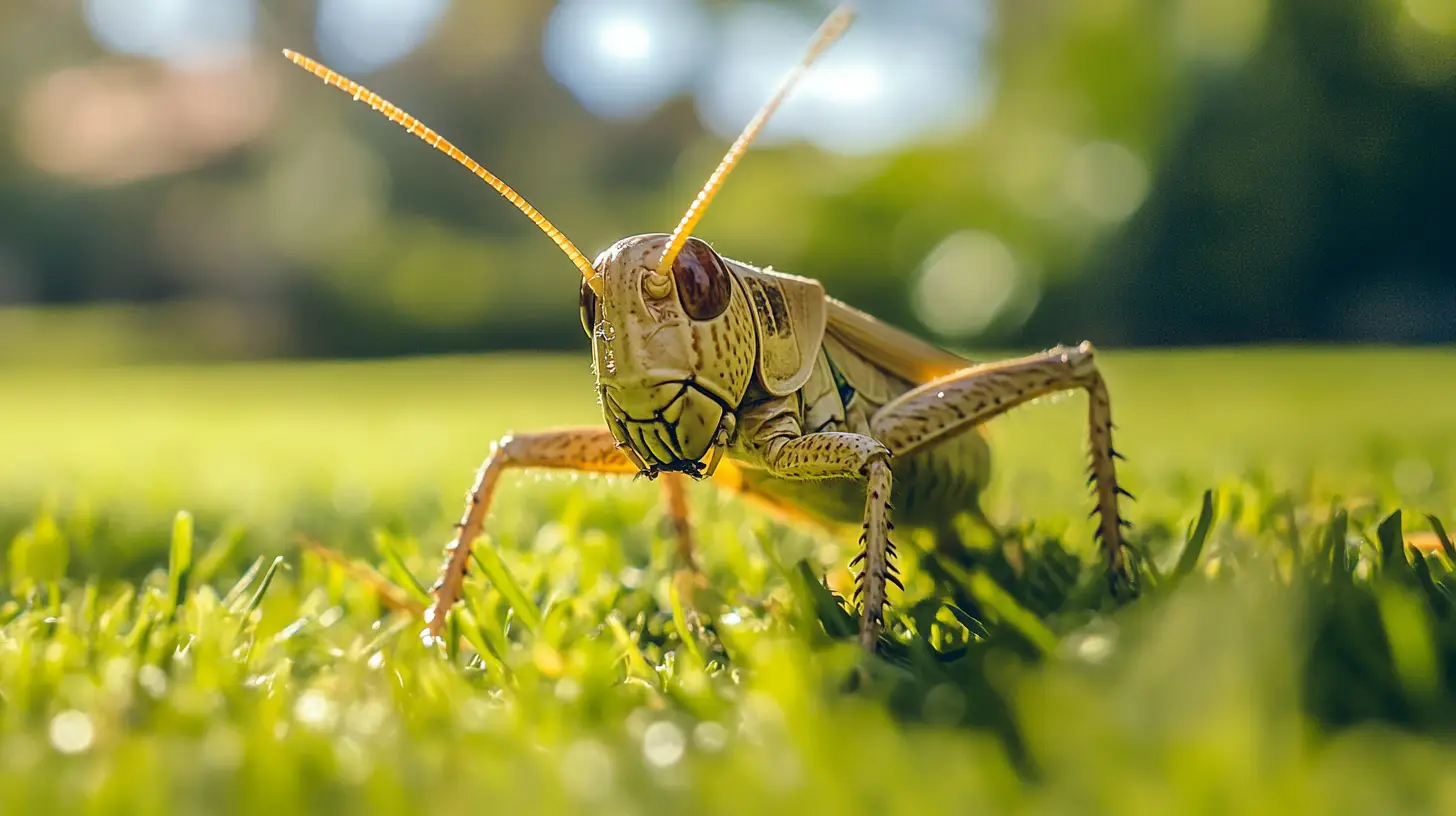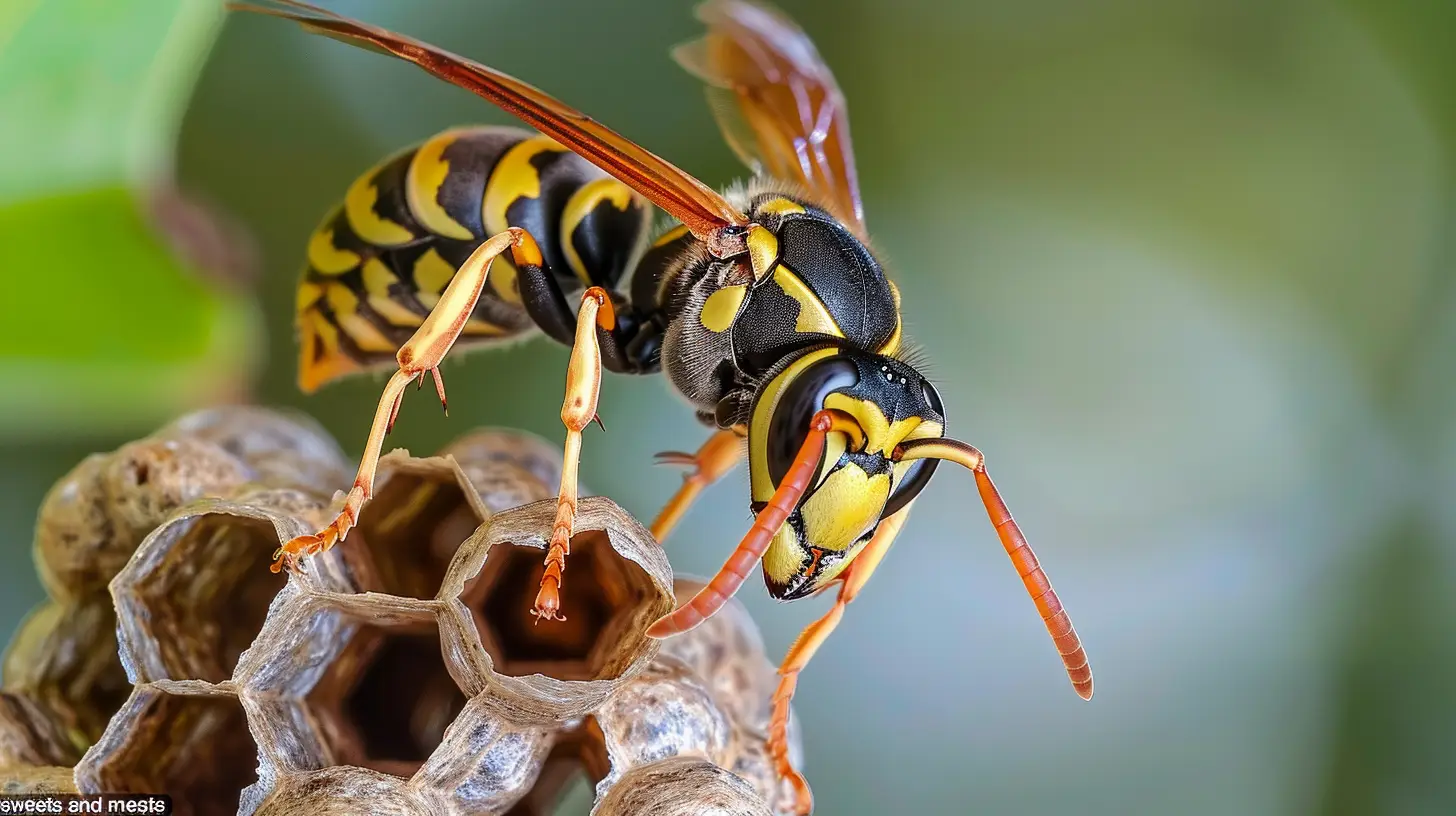Earwig control in Lakewood Ranch is important for managing these pests, which may look intimidating with their pincers, or cerci, but these tools are mainly used for defense, mating, and capturing small prey. Despite their unsettling appearance, the myth that earwigs crawl into people’s ears is just that—a myth. These pests have no interest in humans and are generally harmless.
Where Do Earwigs Hide?
In Lakewood Ranch, earwigs are commonly found in moist, dark places like:
- Under rocks, mulch, or leaf litter
- Beneath potted plants or garden beds
- In basements or crawl spaces
As nocturnal insects, they hide during the day and come out at night to feed on plants, fungi, and small insects. While they don’t pose a health risk, having earwigs indoors can be unsettling and indicate moisture problems around your home.
Earwig Control Tailored for Your Home
At Lakewood Ranch Pest Control, we use targeted treatments to eliminate earwigs and prevent future infestations. Our comprehensive approach includes:
- Treating problem areas indoors and outdoors
- Sealing entry points to keep pests from sneaking inside
- Expert tips to help you maintain a pest-free home
Take Control Of Earwigs Today!
If earwigs have made themselves at home, it’s time to take action. Partner with Lakewood Ranch Pest Control for reliable earwig control and prevent future invasions.
Call us today at (941) 318-7612 to schedule a free pest inspection and make earwigs a thing of the past!
Trustindex verifies that the original source of the review is Google. I had a major bee swarm in my garage . I called Waves and within 30 minutes Adam came to the rescue. He got rid of all of them ! He is very knowledgeable and found the root of the issue and will be back as to make sure they do not swarm my home again. I highly recommend this company and will be using them for all my future pest control /maintenance needs.
Owner's reply
It was our pleasure helping you with your bee control situation. We look forward to a continuing, successful pest control partnership. Thanks Anna!Trustindex verifies that the original source of the review is Google. Adam provided wonderful service on pest removal from my property. Clear and open communication, timely, and prompt to his scheduled appointments. Thank you Adam!
Owner's reply
Thank you Doreen, it was a pleasure to help you with your rodent control ans exclusion. Good luck with your move and enjoy South Florida!Trustindex verifies that the original source of the review is Google. Best rodent control service in Bradenton! Adam and the team caught 4 rats. They were professional and reliable, showing up right on time to exterminate the rats. 5 star!
Owner's reply
Thank you, Marilyn! We're thrilled to provide you with top-notch rodent control. Your satisfaction means so much to us!Trustindex verifies that the original source of the review is Google. Adam is an awesome guy who really cares about delivering the absolute best experience for his clients. I strongly recommend reaching out to his team. Honest group of people you can trust in your home or business.
Owner's reply
Thanks, Kevin! We're thrilled to hear you had a great pest control experience. Trustworthy pest control is our top priority!Trustindex verifies that the original source of the review is Google. Professional, knowledgeable and solution oriented. Adam was quick to address our issue and explain our options, highly recommend.
Owner's reply
Thank you, Pete! We're so happy to have helped you with your bee control issues. Your recommendation means the world to us!Trustindex verifies that the original source of the review is Google. We like the new spider 🕷 treatment.
Owner's reply
Thanks you Margo! It was a pleasure helping you and Gene with your 🕷️ spider control.Trustindex verifies that the original source of the review is Google. Adam did a fantastic job on our dogs fleas. I would recommen him 100%! Very prompt and kind, and polite. Thank you Adam.
Owner's reply
Thank you, Georgie, it was my pleasure to help you and Glen with your Flea Treatment in Bradenton. Safe travels!Trustindex verifies that the original source of the review is Google. Nosotros estamos usando los servicios de este grupo para fumigar y para las hormigas y es la primera vez en cuatro años que podemos disfrutar de nuestra propiedad sin ser espantados por los mosquitos y las hormigas, estamos felices con sus servicios
Owner's reply
Thank you, Magdalena! We're thrilled to hear our pest control services helped you enjoy your property without worries. Cheers to a pest-free space!Trustindex verifies that the original source of the review is Google. Best pest control, we have a lake and a large lot. Waves pest control has taken care of our mosquito and ant problem, Adam and the waves team has taken care of them!
Owner's reply
Thank you, Gloria! We're thrilled to hear Waves Pest Control effectively tackled your mosquito and ant issues. Your satisfaction means the world!Trustindex verifies that the original source of the review is Google. Awesome. Reliable. On Time Courteous. Best service ever Adam continues to provide service of excellence. Appreciate his work ethic and concern for my well being.
Owner's reply
Thank you, Brenda! We're thrilled you found our pest control services awesome and reliable. Your support means the world to us!
Earwigs can be a nuisance, but with the right mix of natural remedies, chemical solutions, and preventive measures, you can keep them under control effectively.
Natural Earwig Control Methods
- Traps: Use damp newspaper rolls, shallow oil traps, or corrugated cardboard to attract and catch earwigs. Check and dispose of them regularly.
- Diatomaceous Earth: Sprinkle this natural powder around plants and entry points to create a barrier that dehydrates earwigs.
- Essential Oils: Peppermint or eucalyptus oil can repel earwigs when applied to problem areas, like windows and baseboards.
- Natural Predators: Encourage birds and toads to visit your yard—these predators can help control earwig populations naturally.
Preventing Earwig Infestations
Taking a proactive approach can make a big difference in keeping earwigs away:
- Seal Entry Points: Fix cracks, gaps, and any openings around windows, doors, and foundations.
- Clear Debris: Remove wood piles, leaf litter, and any clutter near your home that could harbor earwigs.
- Control Moisture: Fix leaks and use dehumidifiers in damp areas like basements or crawl spaces.
- Regular Cleaning: Vacuum regularly to eliminate earwig eggs and adults before they become a problem.
Professional Earwig Control Solutions In LWR!
If earwigs have already made their way inside, it’s time to take action. Lakewood Ranch Pest Control offers comprehensive pest management solutions to eliminate earwigs and prevent future infestations.
Call (941) 318-7612 today to schedule a free pest inspection and make earwigs a thing of the past!
Trustindex verifies that the original source of the review is Google. I had a major bee swarm in my garage . I called Waves and within 30 minutes Adam came to the rescue. He got rid of all of them ! He is very knowledgeable and found the root of the issue and will be back as to make sure they do not swarm my home again. I highly recommend this company and will be using them for all my future pest control /maintenance needs.
Owner's reply
It was our pleasure helping you with your bee control situation. We look forward to a continuing, successful pest control partnership. Thanks Anna!Trustindex verifies that the original source of the review is Google. Adam provided wonderful service on pest removal from my property. Clear and open communication, timely, and prompt to his scheduled appointments. Thank you Adam!
Owner's reply
Thank you Doreen, it was a pleasure to help you with your rodent control ans exclusion. Good luck with your move and enjoy South Florida!Trustindex verifies that the original source of the review is Google. Best rodent control service in Bradenton! Adam and the team caught 4 rats. They were professional and reliable, showing up right on time to exterminate the rats. 5 star!
Owner's reply
Thank you, Marilyn! We're thrilled to provide you with top-notch rodent control. Your satisfaction means so much to us!Trustindex verifies that the original source of the review is Google. Adam is an awesome guy who really cares about delivering the absolute best experience for his clients. I strongly recommend reaching out to his team. Honest group of people you can trust in your home or business.
Owner's reply
Thanks, Kevin! We're thrilled to hear you had a great pest control experience. Trustworthy pest control is our top priority!Trustindex verifies that the original source of the review is Google. Professional, knowledgeable and solution oriented. Adam was quick to address our issue and explain our options, highly recommend.
Owner's reply
Thank you, Pete! We're so happy to have helped you with your bee control issues. Your recommendation means the world to us!Trustindex verifies that the original source of the review is Google. We like the new spider 🕷 treatment.
Owner's reply
Thanks you Margo! It was a pleasure helping you and Gene with your 🕷️ spider control.Trustindex verifies that the original source of the review is Google. Adam did a fantastic job on our dogs fleas. I would recommen him 100%! Very prompt and kind, and polite. Thank you Adam.
Owner's reply
Thank you, Georgie, it was my pleasure to help you and Glen with your Flea Treatment in Bradenton. Safe travels!Trustindex verifies that the original source of the review is Google. Nosotros estamos usando los servicios de este grupo para fumigar y para las hormigas y es la primera vez en cuatro años que podemos disfrutar de nuestra propiedad sin ser espantados por los mosquitos y las hormigas, estamos felices con sus servicios
Owner's reply
Thank you, Magdalena! We're thrilled to hear our pest control services helped you enjoy your property without worries. Cheers to a pest-free space!Trustindex verifies that the original source of the review is Google. Best pest control, we have a lake and a large lot. Waves pest control has taken care of our mosquito and ant problem, Adam and the waves team has taken care of them!
Owner's reply
Thank you, Gloria! We're thrilled to hear Waves Pest Control effectively tackled your mosquito and ant issues. Your satisfaction means the world!Trustindex verifies that the original source of the review is Google. Awesome. Reliable. On Time Courteous. Best service ever Adam continues to provide service of excellence. Appreciate his work ethic and concern for my well being.
Owner's reply
Thank you, Brenda! We're thrilled you found our pest control services awesome and reliable. Your support means the world to us!
Earwigs do not typically bite humans, and they are not aggressive. They do have pincers, called cerci, which they may use if they feel threatened. However, these pincers rarely cause harm to humans and are mostly used for defense against other insects or for capturing prey.
Earwigs are omnivores, meaning they eat both plants and insects. They feed on a variety of items, including decaying plant material, flowers, fruits, and small insects. While they can be beneficial by preying on other pests, they can also cause damage to gardens by eating tender plant shoots and leaves.
No, earwigs are not dangerous to humans. While their pincers might look intimidating, they do not pose any significant threat. They don’t spread diseases or cause structural damage. Earwigs are mostly considered a nuisance pest because of their unsettling appearance and the fact that they may occasionally damage garden plants.
Earwigs often enter homes seeking moisture and shelter. They are attracted to dark, damp areas such as basements, bathrooms, or crawl spaces. They may also enter through cracks, gaps, or poorly sealed doors and windows. Keeping your home dry and sealing entry points can help reduce the chance of earwig infestations.
For effective earwig control in Lakewood Ranch, rely on our expert services tailored to eliminate and prevent infestations. When you search for “earwig control near me,” our professional approach and proven results will set us apart from the competition.
Don’t let earwigs invade your home or disturb your peace of mind. Contact Lakewood Ranch Pest Control today to schedule a free, comprehensive pest inspection and receive a customized earwig treatment plan.


